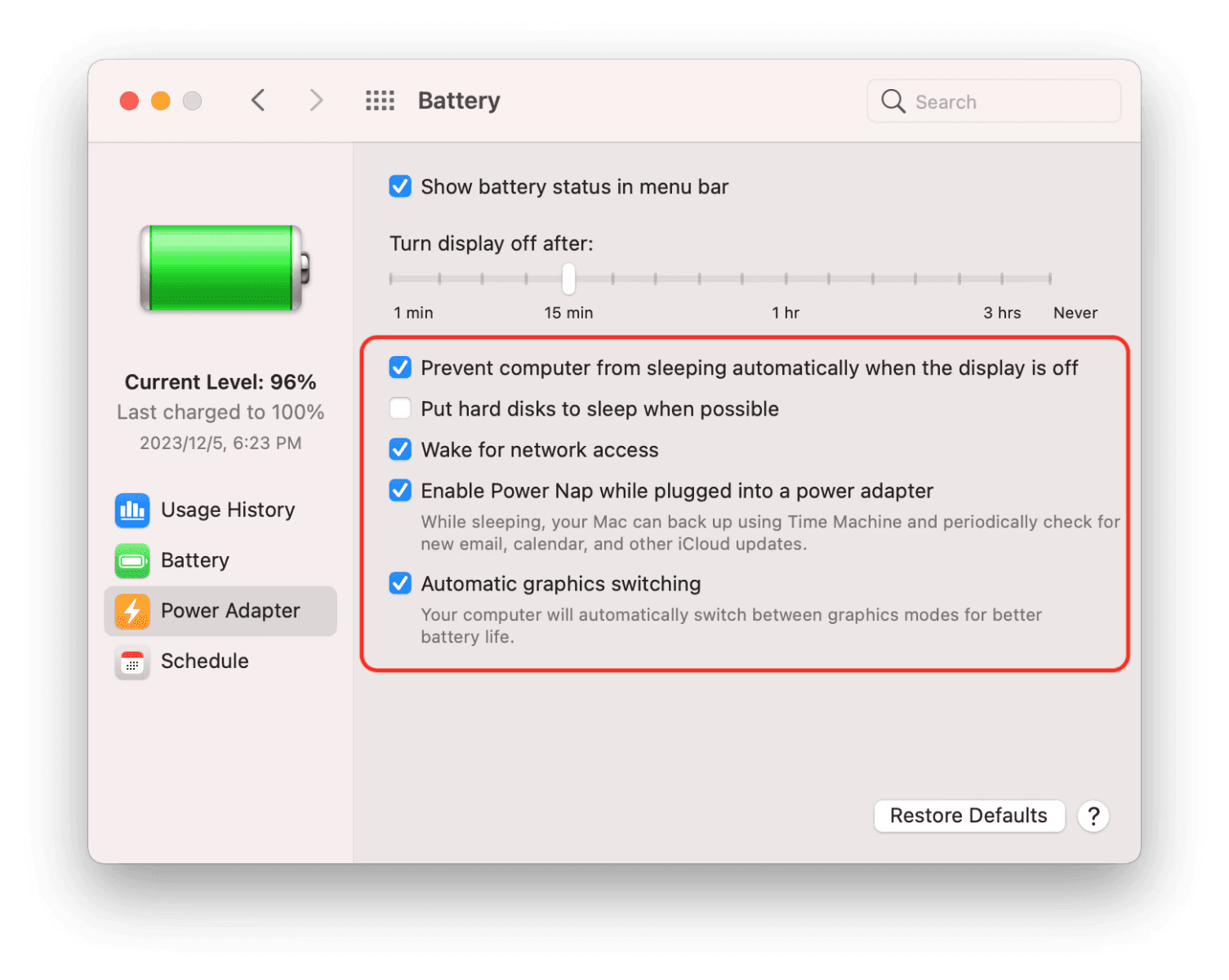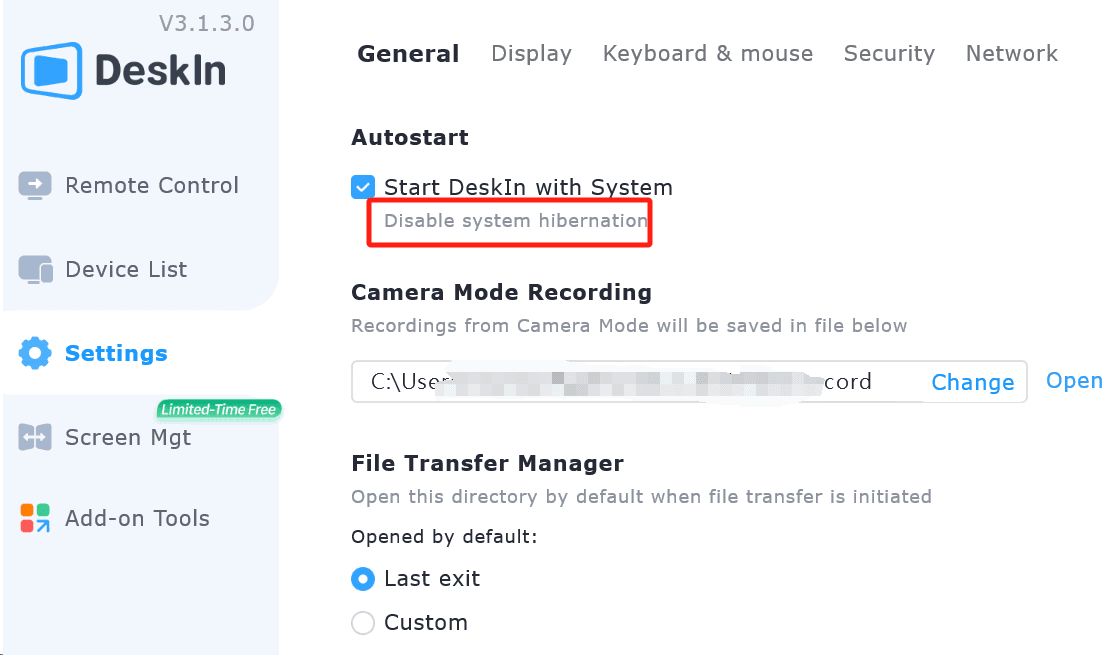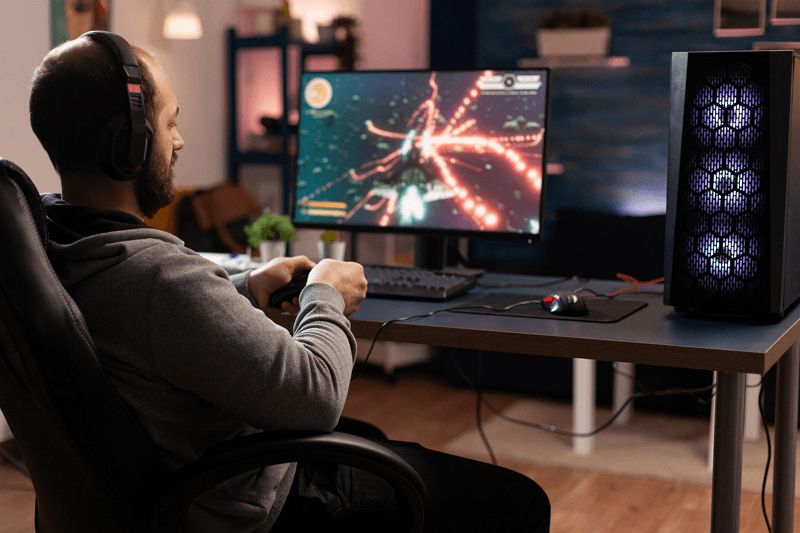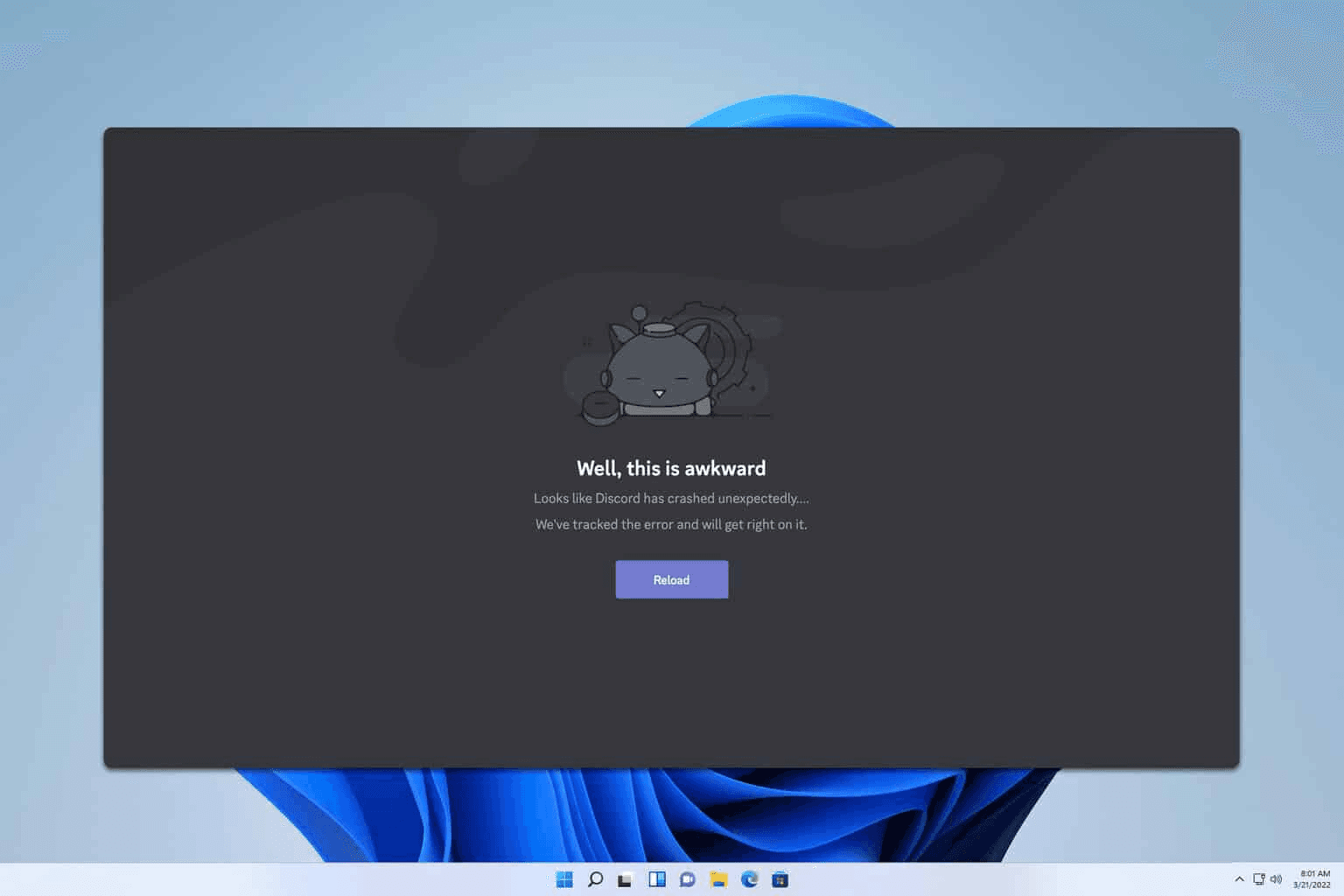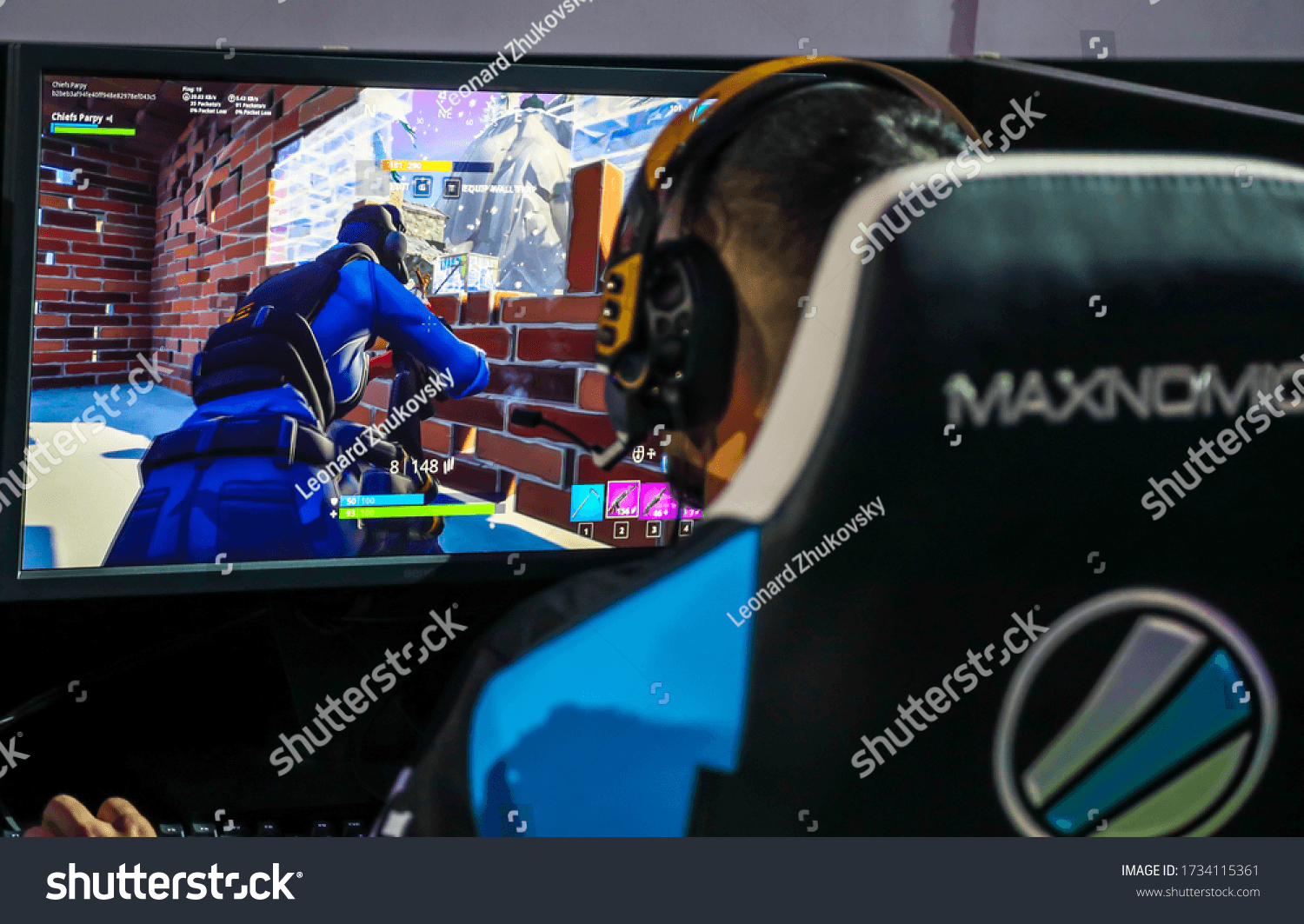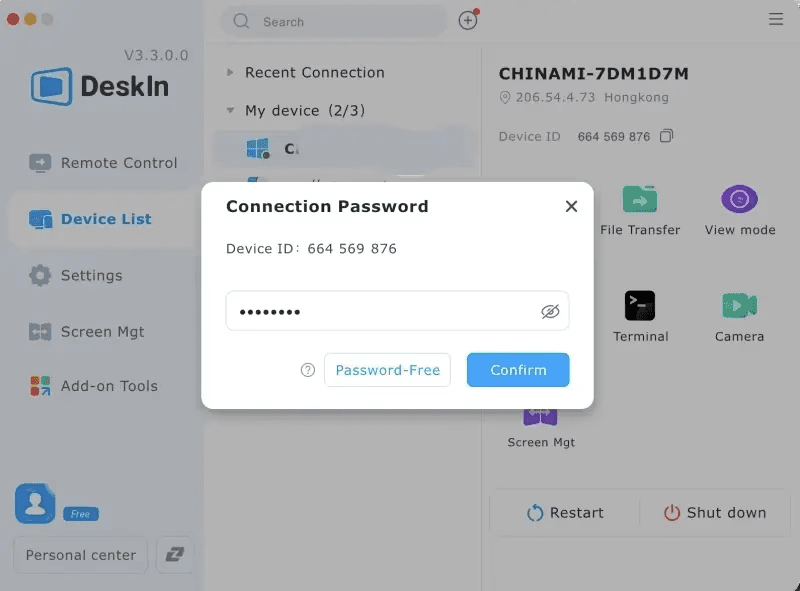AirDroid 是一款支援遠端控制、螢幕鏡像、家長監護 的多功能應用,能讓用戶輕鬆管理多個裝置、傳輸檔案或監控螢幕活動。然而,在實際使用中,不少人關心 AirDroid 的穩定性、安全性與價格方案 是否值得長期使用。
本文將從多角度進行完整的 AirDroid 評測,分析其核心功能與限制,並在最後推薦一款更穩定、安全的替代方案 —— DeskIn
你可能也感興趣:
AirDroid 是什麼?全面了解這款多功能遠端工具 AirDroid 是一款集 遠端控制、檔案傳輸、螢幕投影 於一身的多功能應用程式,主要設計目的是讓使用者能在電腦與手機之間建立順暢連接,遠端管理 Android 裝置。無論是在公司、家中,還是外出時,使用者都能透過 AirDroid 進行裝置控制、資料備份或即時監看,提升行動裝置的可操作性。
在功能層面上,AirDroid 允許用戶從 Windows 或 Mac 電腦遠端操作手機 ,包括查看通知、傳送簡訊、開啟應用程式、甚至進行螢幕鏡像。此外,它還支援跨平台檔案傳輸 ,可在 Android、iOS、PC 間高速傳送照片、影片、文件等內容,免除資料線連接的麻煩。這使得 AirDroid 不僅是辦公族常用的遠端管理工具,也受到家長監控與企業裝置管理領域的關注。
在用戶評價方面,AirDroid 因其操作介面簡潔、上手容易而獲得好評,但部分使用者也反映在長時間連線或高畫質鏡像時,會出現延遲或斷線等問題。整體而言,AirDroid 適合需要跨平台同步、遠端操控與無線傳輸 的用戶使用,是 Android 生態中相對成熟的一款遠端工具。
你可能也感興趣:
AirDroid 主要功能簡介及費用 AirDroid 是一款整合 檔案傳輸、螢幕鏡像、遠端控制與通知同步 的多功能工具,用戶可透過網頁版或電腦端輕鬆管理 Android 手機,並支援跨平台操作(Windows、Mac、iOS、Android)。根據多數 AirDroid 評測,該軟體免費版僅支援基本檔案傳輸與短時鏡像,若需穩定的遠端控制或高清投影功能,需升級為付費方案。
目前 AirDroid 採用 訂閱制 收費,個人版月費約 $3.99 美元 ,若購買年方案則可享折扣。許多使用者在搜尋「AirDroid Cast 要錢嗎?」時,其實是在比較免費與付費功能差異:免費版適合輕度使用,而付費版才具備長時間連線與遠端控制能力,整體更穩定順暢。
類別
方案名稱
價格(年付/月付)
適用對象
主要功能
備註
企業方案
AirDroid Business 基礎版
約 $12 / 每台裝置 / 年
需遠端管理多台裝置的企業
遠端訪問、裝置監控、檔案管理
超過 100 台享 10% 折扣
AirDroid Business 標準版
約 $21 / 每台裝置 / 年
中大型團隊
全面遠端控制、設備群組管理、報告分析
提供更高級別控制功能
AirDroid Business 企業版
約 $33 / 每台裝置 / 年
企業 IT 部門
全套 MDM 管理、應用部署、策略控管
支援本地化部署
企業本地化部署版
需洽業務報價
需高度安全的企業
內網架設、數據不出企業伺服器
安全性最高方案
企業支援
AirDroid Remote Support(企業版)
免費版:$0 基礎版:約 $199/年 標準版:約 $599/年
技術支援團隊
遠端協助、螢幕共享、語音引導
高級版即將上線
個人用戶
AirDroid 個人版
$3.99/月(年付 $2.5/月)
一般個人/辦公用戶
檔案傳輸、遠端控制、通話/簡訊管理、遠端相機
最受歡迎的個人方案
螢幕鏡像
AirDroid Cast
$2.49/月(年付 $1.67/月)
想將手機畫面投影至電腦的用戶
Android/iOS → Windows/Mac/Web 鏡像、遠端投放、AirPlay 支援
-
家長監護
AirDroid Parental Control
$9.99/月(年付 $4.99/月)
家長族群
使用時間限制、App封鎖、定位追蹤、螢幕鏡像、活動報告
-
遠端協助
AirDroid Remote Support(個人版)
$2.49/月(年付 $1.58/月)
個人技術支援或家用協助
遠端控制、螢幕共享、語音通話、手勢引導
支援 Android 裝置
AirDroid Cast、Files、Parental Control 三大模組介紹 AirDroid 旗下主要分為三大模組:AirDroid Cast、AirDroid Files、AirDroid Parental Control ,分別對應不同使用場景與需求。
AirDroid Cast 是最受好評的螢幕鏡像與控制工具,支援 電腦版與網頁版 操作,用戶可將 Android 或 iPhone 螢幕投放至 Windows、Mac,甚至直接透過瀏覽器鏡像。根據多篇 AirDroid Cast 評價,其畫質與延遲表現穩定,適合線上會議、遠端教學或遊戲投放。
AirDroid Files 則專注於跨平台檔案傳輸與遠端管理,可在不同設備間快速共享資料,並能安全地遠端連接到另一台電腦 。
AirDroid Parental Control 提供完整的家長監護方案,能追蹤定位、限制應用與螢幕時間,是熱門的 Parental Control 主題,特別適合想保護孩童上網安全的家庭使用者。
希望在單一工具中同時實現螢幕鏡像與高效檔案傳輸?
快試試 DeskIn
適用族群與使用場景:遠端控制、螢幕鏡像、家長監護 綜合多篇 AirDroid 評測,這款工具主要滿足以下三類使用情境:
遠端辦公族 可透過 AirDroid 跨平台操作裝置,例如從 Mac 遠端連線到 Windows 電腦 ,或用 iPhone 遠端控制 Mac ,實現多裝置間的高效協作與檔案管理。
教學與簡報使用者 使用 AirDroid Cast 進行螢幕鏡像,可在會議、線上課程或投影簡報中即時共享行動裝置畫面,支援高畫質、低延遲顯示,體驗穩定。
家長監護族群 借助 AirDroid Parental Control 功能,家長能設定使用時間限制、封鎖應用程式並即時定位孩子,保障上網與裝置使用安全。
想深入了解家長監控設定步驟與收費方案?繼續往下看,完整教學與實測分析都在下一節。
AirDroid Parental Control 教學與費用詳解 作為家長監控工具,AirDroid Parental Control 正對「想監控孩子手機卻怕侵犯隱私」、「費用是否合理」、「操作是否複雜」這三大痛點進行拆解。首先,在安裝設定上,用戶只需在父母裝置下載 AirDroid Parental Control 應用,登入帳號後,於孩子的裝置安裝伴隨應用並通過邀請碼/QR 碼配對即可啟用監控模式。
該方案提供 應用使用時間限制、螢幕鏡像、定位追蹤、地理圍欄、通知同步、應用封鎖 等多樣功能。家長可以設定孩子何時可用手機、限制特定應用、查看位置歷史與路徑,甚至從父母手機端觀察孩子使用行為。
收費方面,官方標示:月付約 US $9.99/月、季付約 US $19.99(即約 US $6.66/月)/年付約 US $59.99(即約 US $5.00/月)起,支援綁定多台孩子裝置。同時,新的用戶通常可享 3 天免費試用。
在實際使用評價方面,多數評論認為其操作介面直觀、功能齊備且性價比較高,但也有指出在某些社交應用監控、iOS 裝置某些功能支援不足、或長期監控可能引發親子信任議題。
若您尚不確定是否要立即升級,建議先透過免費試用體驗其核心功能,再決定是否付費升級。
推薦閱讀 :若您也有讓年長使用者使用行動裝置更友好的需求,可參考 讓iphone/安卓更易上手,除了「長輩模式」還有這些設定!遠端也能搞定 以延伸家中不同族群裝置管理需求。
如何設定監護:安裝、配對、授權流程 在開始使用前,您只需完成一次簡單設定即可啟用監護功能。以下為 AirDroid Parental Control 教學(以 Android 為例),幫助家長快速完成安裝與授權流程。
第 1 部分:設定家長裝置
下載應用程式 :前往 Google Play 或 App Store 搜尋「AirDroid Parental Control」並下載。若您不想額外安裝,也可使用其網頁版操作。
登入帳戶 :開啟應用程式後,輸入 AirDroid 帳號登入;若尚未註冊,點擊「去註冊」即可建立新帳戶。
選擇裝置擁有者 :依照畫面提示,選擇「我的裝置」並點擊「同意」,即可進入配對步驟。
第 2 部分:設定孩子裝置
第 1 步:下載並綁定 AirDroid Kids
在家長端安裝並登入 AirDroid Parental Control 後,系統會顯示一個綁定頁面,包含 QR 代碼與下載連結。使用孩子的 Android 手機掃描該 QR 代碼 ,或在瀏覽器中輸入頁面上的 URL ,即可進入 AirDroid Kids 的下載頁面。
若畫面未自動彈出下載視窗,請點擊「點擊重試 」按鈕重新載入。
若您的裝置無法透過 Google Play 商店安裝,請依提示開啟「允許未知來源/應用程式 」設定。AirDroid Kids Wizard 為官方應用,下載安全無虞。若系統跳出「未知應用程式」警告視窗,請點擊「設定」→ 開啟「允許來自此來源的應用程式」。
安裝完成後,再次點選「開啟」即可看到設定畫面。按下「開始 」按鈕,等待幾秒後畫面會提示您安裝主要應用 AirDroid Kids 。
若再次出現「安裝未知應用程式」提示,請確認開關為「開啟」,然後返回頁面點擊「安裝 」。
當 AirDroid Kids 安裝完成後,點擊「完成 」,並開啟 App 以進入下一步設定。
第 2 步:設定 AirDroid Kids
開啟 AirDroid Kids 後,點擊「同意 」進入孩子資訊設定頁面,輸入孩子的姓名或識別資訊,完成後按「完成 」。
系統會依序請求授權多項必要權限(如位置、螢幕使用記錄、通知存取等),請依畫面指示逐一允許,確保監護功能能正常運作。
完成授權後,孩子的裝置將自動與家長端成功綁定。您可選擇啟用「隱藏應用程式圖示 」,避免孩子誤刪或關閉監控 App。
整體而言,AirDroid Parental Control 的設定流程相當直觀,只需雙方簡單授權即可完成監護連線。提醒您:若部分功能(如即時螢幕監看或應用封鎖)未正常啟用,請再次確認兩台裝置皆已完成權限授予,以確保監控效果最佳。
家長監控功能亮點:裝置使用時間限制、應用封鎖、定位追蹤 在多數 AirDroid Parental Control 應用中,家長最常使用的三大功能包括:
裝置使用時間限制 :可自訂每日使用時段與螢幕時長,避免孩子過度使用手機。
應用程式封鎖 :能針對特定 App(如遊戲、社群媒體)進行限制,維持學習與娛樂平衡。
定位與行為追蹤 :支援即時 GPS 定位與歷史軌跡查看,方便家長掌握孩童行蹤。
整體而言,這些功能在實用性與穩定性上表現不錯。不過,部分 Reddit 用戶也指出 AirDroid 在「資料隱私與雲端儲存」方面仍有疑慮,因此建議家長在使用前審慎評估權限授予範圍。
收費方案與試用機制:費用多少/是否值得付費 根據官方資訊,AirDroid Parental Control 費用為月付 $9.99(年繳優惠價 $4.99/月),提供 3 天免費試用。免費期內可體驗大部分功能,如定位追蹤、應用封鎖與即時螢幕鏡像。
從 AirDroid評測角度看,其價格屬中高區間,但對於需要多裝置監控或長期追蹤的家長仍具價值。不過,若你僅需跨平台鏡像或遠端控制,DeskIn
DeskIn vs AirDroid:哪款更適合遠端控制? 在瞭解了 AirDroid 的功能與特點後,我們可以將其與 DeskIn 進行直接對比,幫助你快速判斷哪款遠端控制方案更符合需求。以下表格整理了 連線穩定性、畫質表現、多螢幕支援、檔案傳輸、安全防護 等關鍵功能,讓你一目了然比較兩者差異。
功能比較
DeskIn
AirDroid
整體評分
⭐ 9.4 / 10
⭐ 8.2 / 10
連線穩定性
極佳,支援長時間操作不中斷
穩定,但延遲較高
畫質表現
最高支援 4K60FPS / 2K144FPS,真彩 4:4:4
無高畫質設定選項
延遲表現
低於 40ms,操作即時流暢
中等延遲,視網路狀況而定
系統相容性
Windows、Mac、iOS、Android、Web
Windows、Mac、Android(以 Android 為主)
多螢幕與拓展
✔ 支援螢幕拓展、投影、虛擬螢幕
✘ 僅支援畫面鏡像
遊戲模式
✔ 內建低延遲遊戲模式與鍵盤控制
✘ 無專用遊戲功能
檔案傳輸
高速 12MB/s,無大小與格式限制
傳輸速度中等,免費版有限額
Android 遠控
✔ 支援遠控與控制 Android 裝置
✔ 支援 Android 遠控(需設定授權)
安全防護
端到端加密、黑白名單、連線驗證、多重權限控管
AES 加密與 MFA 登入,進階安全需付費版
裝置管理
支援集中管理與多設備控制(可管理上百台)
商業版支援多裝置管理
安裝與使用
簡單快速,免微軟商店即可部署
安裝簡單但授權步驟較多
支援場景
遠端辦公、設計、遊戲、企業控管
手機檔案傳輸、通知同步、行動維護
客服支援
✔ 線上客服與企業技術支援
✘ 免費版無客服
探索 DeskIn:比 AirDroid 更穩定、更安全、更全面的選擇 在 Reddit 等社群上,部分用戶對 AirDroid 的安全性提出質疑,例如付款頁面錯字、授權流程複雜等問題,讓人擔心資料外洩風險。若你希望尋找一款更穩定、安全且無廣告干擾的遠端控制工具,DeskIn
DeskIn 採用 端到端加密連線 技術,所有操作均在本地加密環境下完成,無需依賴第三方伺服器。此外,它支援多平台使用,可輕鬆連接兩台電腦 、在 Windows、macOS、iOS、Android 間快速切換操作,甚至能把 iPad 變成電腦的第二螢幕 ,提供更靈活的多工作業體驗。
相比之下,DeskIn 不僅在穩定性與延遲控制上表現更佳,還免除了 AirDroid 需訂閱或破解的煩惱。無論是遠端辦公、教學投屏,或是家庭監控,DeskIn 都能以更高安全性與流暢度滿足需求。
立即試用 DeskIn,體驗零延遲、跨平台的遠端控制新標準。
為什麼選擇 DeskIn 作為 AirDroid 替代品
多平台支援 :支援Windows、Mac、iOS、Android 和 Web 端。
超低延遲 :延遲低於 40ms,提供流暢的遠端操作體驗。
高畫質支援 :支持 4K 60FPS 和 2K 144FPS,畫質清晰可調。
多設備登錄 :無設備數量限制,可隨時隨地進行遠端控制。
免費功能 :語音通話、螢幕拓展、檔案傳輸等均為免費提供。
高速檔案傳輸 :支持每秒 12MB 高速傳輸,提升工作效率。
如何使用 DeskIn 遠端桌面應用程式 第一步:下載並安裝 DeskIn
在主機與控制端裝置上分別下載適用於你系統的 DeskIn 安裝檔。安裝過程僅需 1-2 分鐘,無需額外設定。
第二步:註冊或登入帳號
啟動 DeskIn 應用程式,使用你的電子郵件或 Google/Apple 帳號快速註冊。如果你已有帳號,直接登入即可。整個註冊流程不到 30 秒。
第三步:取得設備代碼與連線密碼
在兩台裝置都登入 DeskIn 後,從目標電腦(即你想要遠端控制的那台)的主介面上找到「設備代碼」與「臨時密碼」,將這兩組資訊複製到控制端裝置的連線欄位中。
第四步:開始遠端存取另一台電腦
在控制端點擊「連線(Connect)」按鈕,數秒後連線建立,你就能開始操作遠端電腦了!
常見問題 (FAQs) AirDroid Cast 免費版功能有哪些? AirDroid Cast 的免費版允許基本的螢幕鏡像功能,您可以將手機畫面投射到電腦或其他設備,但限制了某些高級功能(如 USB 連接和無廣告體驗)。若您需要更完整的功能,則需訂閱其付費版。若您尋求無需額外費用即可完成跨平台螢幕鏡像與遠端控制,DeskIn 提供免費方案,穩定且安全。
AirDroid 可以跨平台使用嗎? 是的,AirDroid 可以在多個平台間使用,包括 Windows、Mac、Android 和 iOS,讓用戶能夠在不同設備間進行遠端控制和螢幕鏡像。但某些功能(如高畫質鏡像或無廣告使用)可能需要付費版。如果您需要無需訂閱的穩定跨平台支持,DeskIn 支援多平台,並提供強大的遠端控制和屏幕拓展功能。
AirDroid Parental Control 是否需要訂閱? 是的,AirDroid 的家長監控功能需要訂閱才能使用,基本費用為每月 $9.99(年付優惠價 $4.99/月)。免費試用期為 3 天,您可以在試用期內體驗基本功能。若您尋找更靈活且無額外費用的監控方案,DeskIn 提供免費且功能全面的遠端控制,無需額外訂閱。
AirDroid 是否安全?如何避免隱私外洩? 儘管 AirDroid 提供了一些安全措施,但有用戶反映過對隱私外洩的擔憂,特別是免費版可能存在漏洞。破解版本的使用風險更高,容易暴露您的資料給不法分子。若您擔心資料安全問題,DeskIn 提供端到端加密設計,保護您的隱私和資料安全,避免破解風險。
結論:AirDroid 值得嗎?以及您的下一步 AirDroid 提供了多樣的功能,從遠端控制到螢幕鏡像及家長監控,對於一些用戶來說是非常便利的工具。然而,AirDroid評測中也指出其在安全性與付費方案上仍存在一定爭議,特別是破解風險和付費要求使一些用戶猶豫。
如果您僅需基本的遠端控制功能,可以先試用 AirDroid,利用其免費版進行基本操作。然而,若您更加重視穩定性 、安全性 及跨平台協作 ,則強烈推薦 DeskIn
立即體驗 DeskIn,享受安全順暢的遠端控制體驗
































